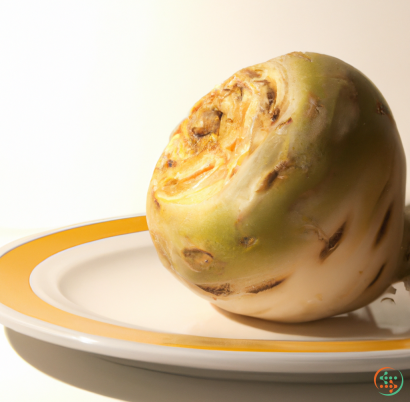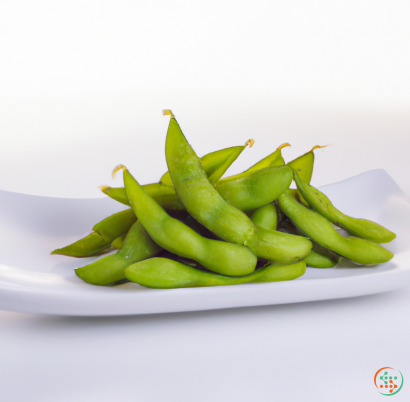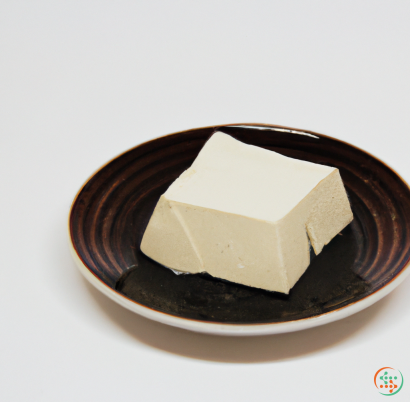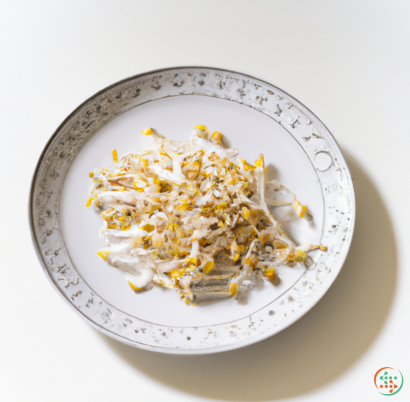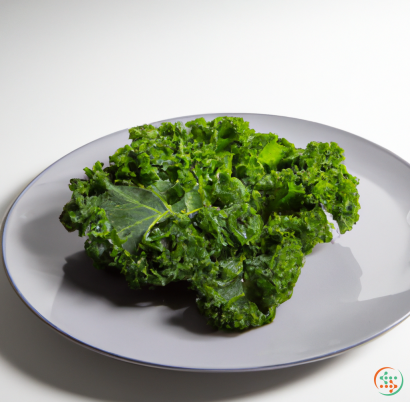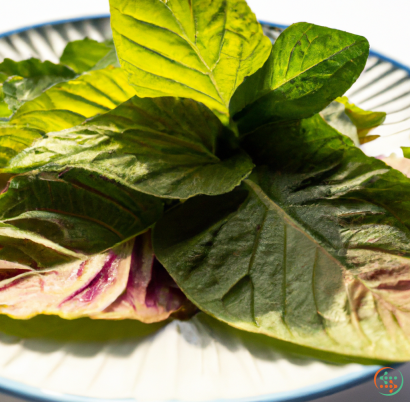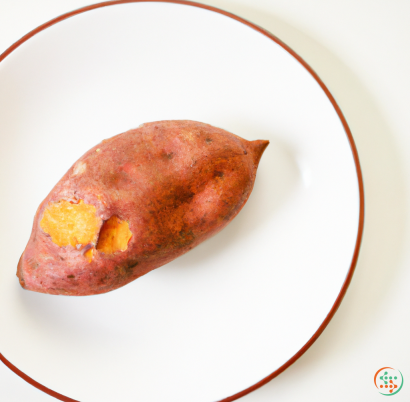Radicchio
When it comes to leafy greens, many people are familiar with the likes of romaine, iceberg, and spinach. However, one favorite in the salad bar connoisseur’s repertoire often goes overlooked—radicchio. While radicchio is still relatively unknown compared to other greens, its astringent flavor, dietary benefits, and interesting cultural influences make it a standout amongst the rest.
Radicchio originated in Northern Italy in the 15th century, where it was cultivated for its edible leaves. The green is a member of the chicory family, and is related to endive, escarole, and other bitter greens. In the United States, the most popular variety is the radicchio di Chioggia, a round red and white head with tightly packed leaves. Its look is often recognized as a “red cabbage”, though its taste and texture are unique onto itself.
Radicchio lends its culinary skills to salads, pizzas, pastas, and roasts. Its flavor falls somewhere between lettuce and endive, with a slightly bitter and spicy kick. Unlike other milder greens, it adds a unique distinction to any dish without overwhelming the other ingredients. Nutrition wise, radicchio contains a high amount of vitamin C and polyphenols, which have been known to reduce cholesterol and regulate blood sugar levels.
Though you can find radicchio at most grocery stores throughout the year, the summer months are prime for its peak quality. Additionally, when shopping for radicchio, make sure you purchase heads that are tightly packed and free of blemishes. Other key components of radicchio’s taste and texture include correctly storing and prepping before consumption. Keep the heads in the fridge, lightly wrap them in plastic, and cut off the top inch or so just before use. The leaves should be rinsed and dried for salads, or quartered for roasting.
When it comes to cooking, radicchio does exceptionally well when grilled. To achieve an ideal level of smokiness and a nice char around the edges, season the quartered heads with olive oil, salt, and pepper, and place them cut side down over medium high heat. Cook for 3-5 minutes per side, until they get darker in color and have an even texture. To cool off from the grill, try adding a bit of lemon, balsamic reduction, cream, or apples to the radicchio for a sweet and savory finish.
In addition to its culinary value, radicchio has a wonderfully rich history. During the mid Nineteenth Century, the green was believed to be a powerful aphrodisiac, and was even kept in bridal rooms the night before weddings to arouse the brides to be. It has also been used to form part of the Spighe Fertili, a fertility ritual that involves the planting of radicchio and calling on the Gods to grant good fortune and fertility on the fields.
Radicchio is a unique and tasty green that brings plenty of benefits and unique qualities to the table. Its flavor, dietary benefits, and cultural influences constitute it as a favorite amongst the most seasoned salad bar connoisseurs. If you haven’t tried it yet, give radicchio a go the next time you’re whipping up a salad. You won’t regret it!
Radicchio is a leafy Italian lettuce with intense purple and white leaves, acquired its name due to its roots in the Italian town of Radicchio di Treviso in Veneto, Italy. It is most commonly used to enhance the flavor in salads, pizza toppings, and pasta dishes. Its bright, bitter taste make it a unique ingredient in numerous recipes. Radicchio is not only aesthetically pleasing but packed with health benefits, making it a star within the health-conscious foodie community.
The production of Radicchio begins in the spring with a cool-season crop that is planted in the fields in April and May. The plants are sown directly into the soil in rows and left to take root. As a cool-season vegetable, temperatures must remain between 60-65 degrees Fahrenheit (15-18 degrees Celsius). During this early growth process, farmers must irrigate the soil to ensure an adequate supply of water for the plants.
Once the plants have established their root systems in the soil, the next phase of production begins. The actualization of purple coloration within the leaves of Radicchio is sparked by exposure to cool temperatures. This process, known as vernalization, must be done only after the plants have established themselves in the soil and begun to grow. The fields where Radicchio is grown must be subjected to temperatures ranging from 45-50 degrees Fahrenheit (7-10 degrees Celsius) for three to four weeks. This triggers the production of anthocyanins within the leaves, giving the vegetable its signature deep purple hue.
Once fully vernalized and purple, the Radicchio is ready to be harvested. For optimal quality, farmers still must keep a watchful eye on the fields and pick the plants at the right time. Generally, the ideal time for harvesting is when the heads reach a diameter of four to five inches. This stage is called the “primaticcio” stage, and provides the best conditions for when the vegetable is sweetest in taste and yields the best coloration—making it the most desirable for consumers. The heads are then cut from the plant and separated from the rest of the leaves.
Once harvested, the heads of Radicchio are packaged and ready for transportation. Depending on the location of the producing farm, the vernalized vegetable will be sent either within the country or overseas. To ensure the preservation of freshness, Radicchio is generally packaged in perforated or waxed cartons. In certain markets, the produce is potentially provided pre-wrapped in plastic to maintain freshness during travel.
Radicchio reaches its destination with time to spare as its hardy nature allows it to resist rot and retain color under appropriately cooled climates. The vegetable is usually sold in supermarkets within around a week of harvest. In addition to supermarkets, Radicchio appears in grocery aisles and online stores due to its versatile nature. Restaurants also acquire Radicchio in its primaticcio stage, as this ensures optimal flavor and allows for presentation in a variety of dishes.
Once the Radicchio has reached its destination, the creative processes begin. The deep and earthy tones of the vegetable can be used to complement other ingredients--- like tomatoes, avocados, and olives---in a salad. The large head of Radicchio can be grilled as a side or eaten raw in a mixture of greens, such as arugula, frisee, and endive. When cooked, the vegetable takes on a delicate sweetness with added crunch and texture. For a savory breakfast, the leaves can be incorporated into an omelette, scramble, or add a distinct flavor to an egg sandwich. For an interesting twist, the vegetable can be sandwiched between two slices of toasted baguette and layered with generous dollops of ricotta or goat cheese.
One of the most renowned recipes associated with Radicchio is “Insalata di Radicchio”, a stunningly colorful and flavorful mix of greens and vegetables, topped with a spritz of olive oil, vinegar and salt. The radicchio imparts a light bitterness that mellows out the sweet notes of citrus and the earthy, nutty flavors of tomatoes, zucchini, and celery. The dish makes a perfect starter or side.
In addition to its flavor capabilities, the nutritious benefits make this vegetable a winner. Radicchio is rich in Vitamins A, C, and K, and is a great source of fiber and folates. Its flavonoid and antioxidant contents aid our bodies’ immune systems and protect us from free radicals, helping us stave off certain illnesses.
The possibilities for Radicchio are endless. It provides chefs with a unique and flavorful palette to leverage in culinary delights. Whether cooked or eaten raw, this vegetable has earned its place as one of the long-standing staples of Italian cooking and its loyal fans around the world. When it comes to providing flavor and nutrition, Radicchio is truly a star ingredient for our dinner tables.
| Vitamin A | 0.001 mg | |
| Beta-Carotene | 0.016 mg | |
| Vitamin E | 0.00226 grams | |
| Vitamin K | 0.2552 mg | |
| Vitamin C | 0.008 grams | |
| Vitamin B1 | 0.02 mg | |
| Vitamin B2 | 0.03 mg | |
| Vitamin B3 | 0.26 mg | |
| Vitamin B4 | 0.0109 grams | |
| Vitamin B5 | 0.27 mg | |
| Vitamin B6 | 0.06 mg | |
| Vitamin B9 | 0.06 mg |
| Calcium | 0.019 grams |
Daily Value 1.3 g
|
| Iron | 0.57 mg |
Daily Value 0.018 g
|
| Magnesium | 0.013 grams |
Daily Value 0.4 g
|
| Phosphorus | 0.04 grams |
Daily Value 1.25 g
|
| Potassium | 0.302 grams |
Daily Value 4.7 g
|
| Sodium | 0.022 grams |
Daily Value 2.3 g
|
| Zinc | 0.62 mg |
Daily Value 0.011 g
|
| Copper | 0.34 mg |
Daily Value 0.9 mg
|
| Manganese | 0.14 mg |
Daily Value 0.0023 g
|
| Selenium | 0.9 ug |
Daily Value 0.055 mg
|
| Tryptophan | 0.026 grams | |
| Threonine | 0.04 grams | |
| Isoleucine | 0.085 grams | |
| Leucine | 0.062 grams | |
| Lysine | 0.056 grams | |
| Methionine | 0.008 grams | |
| Phenylalanine | 0.034 grams | |
| Valine | 0.065 grams | |
| Arginine | 0.105 grams | |
| Histidine | 0.024 grams |
| Total Sugars | 0.6 grams |
per 100g
|
| Palmitic acid (16:0) | 0.05 grams |
|
| Total Saturated fatty acids: | 0.05 g | |
| Oleic acid (18:1) | 0.01 grams |
|
| Total Monounsaturated fatty acids: | 0.01 g | |
| Linolenic acid (18:3) | 0.02 grams |
|
| Linoleic acid (18:2) | 0.09 grams |
|
| Total Polyunsaturated fatty acids: | 0.11 g | |

